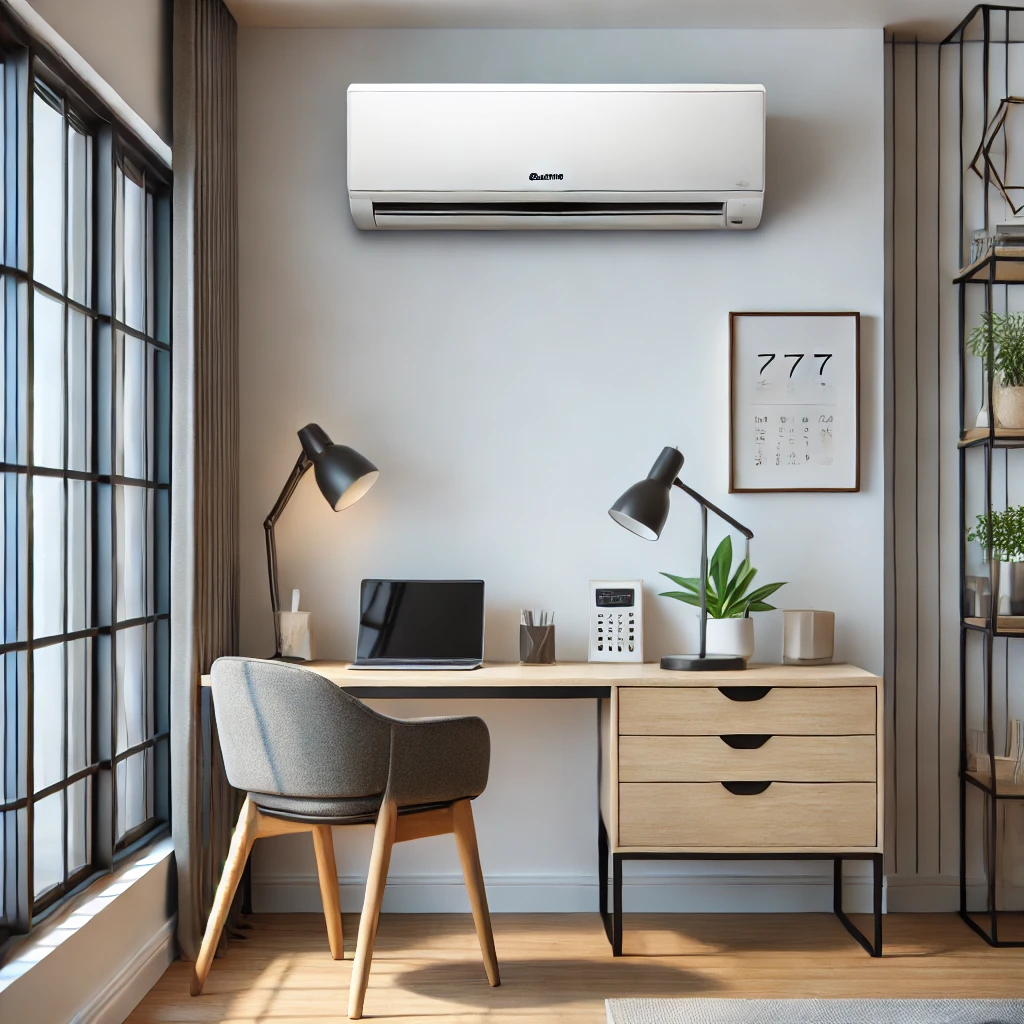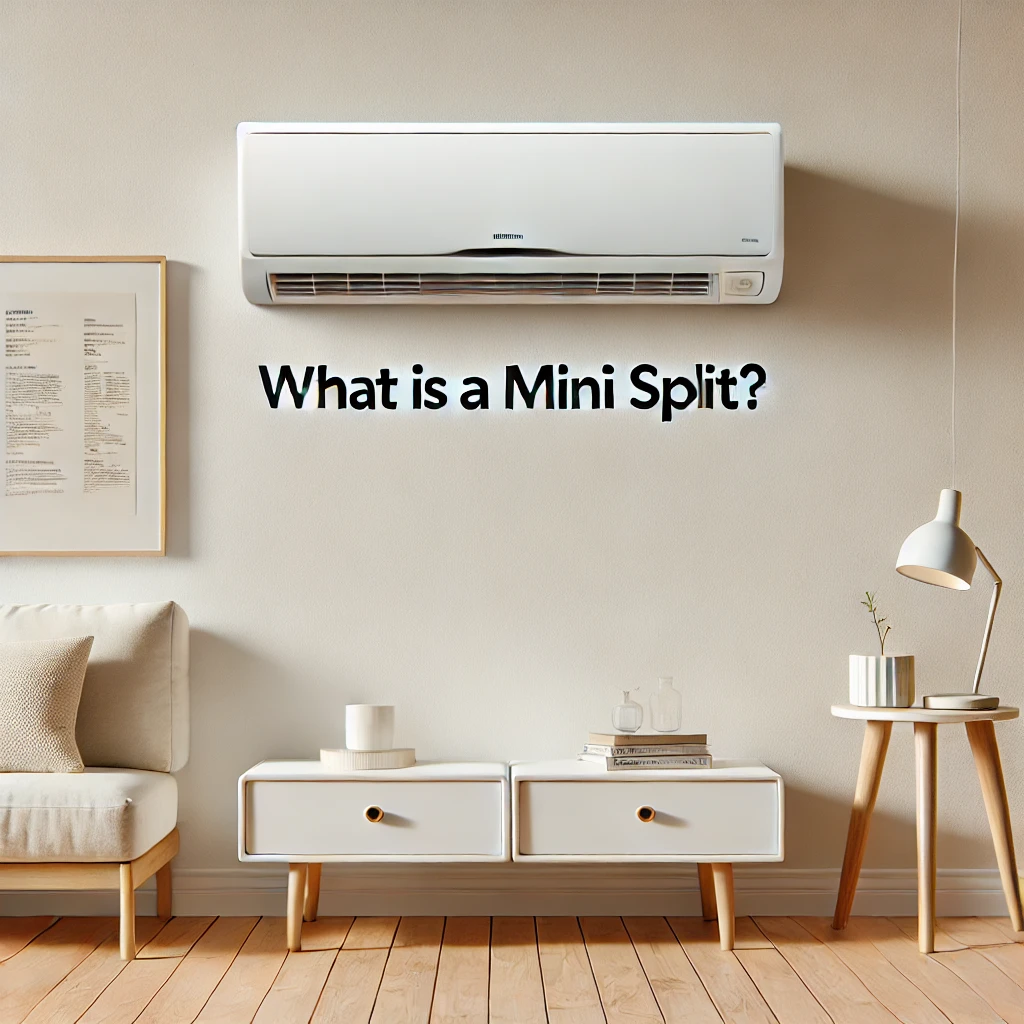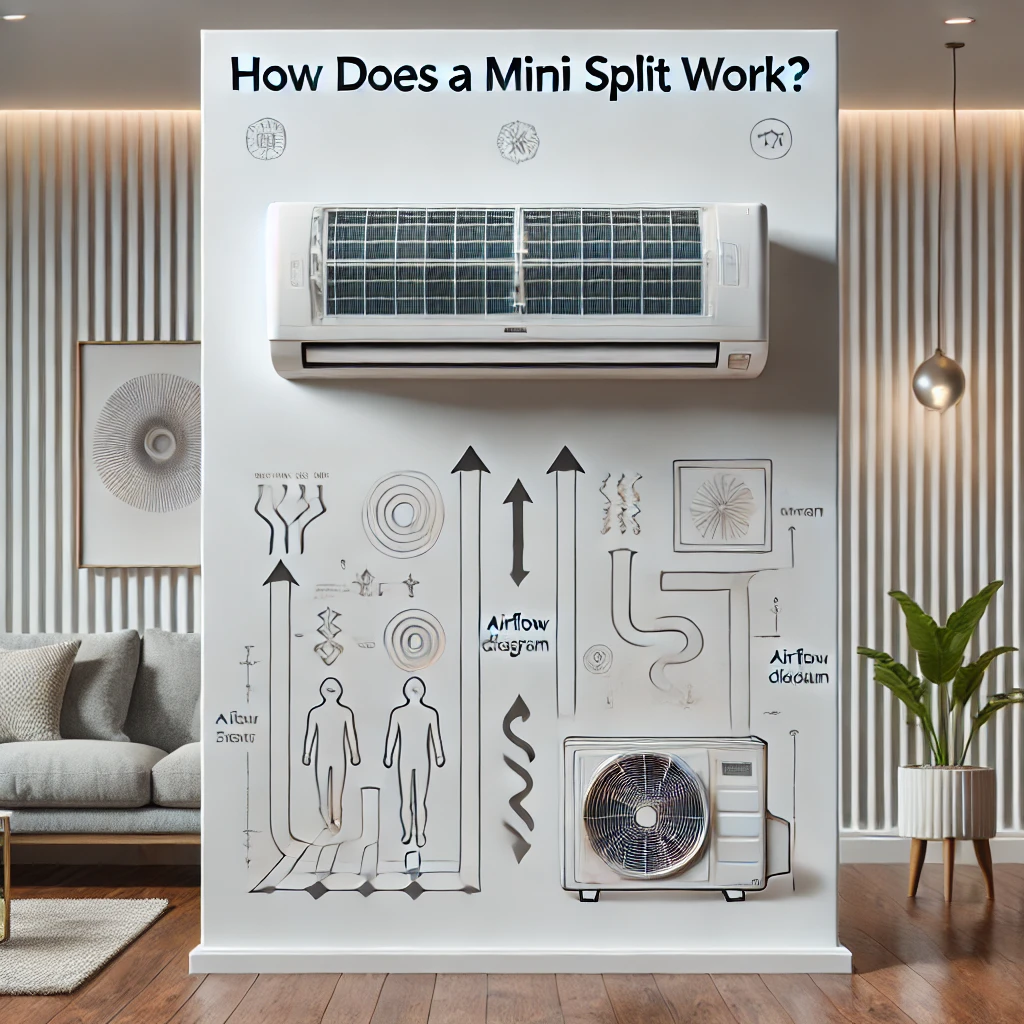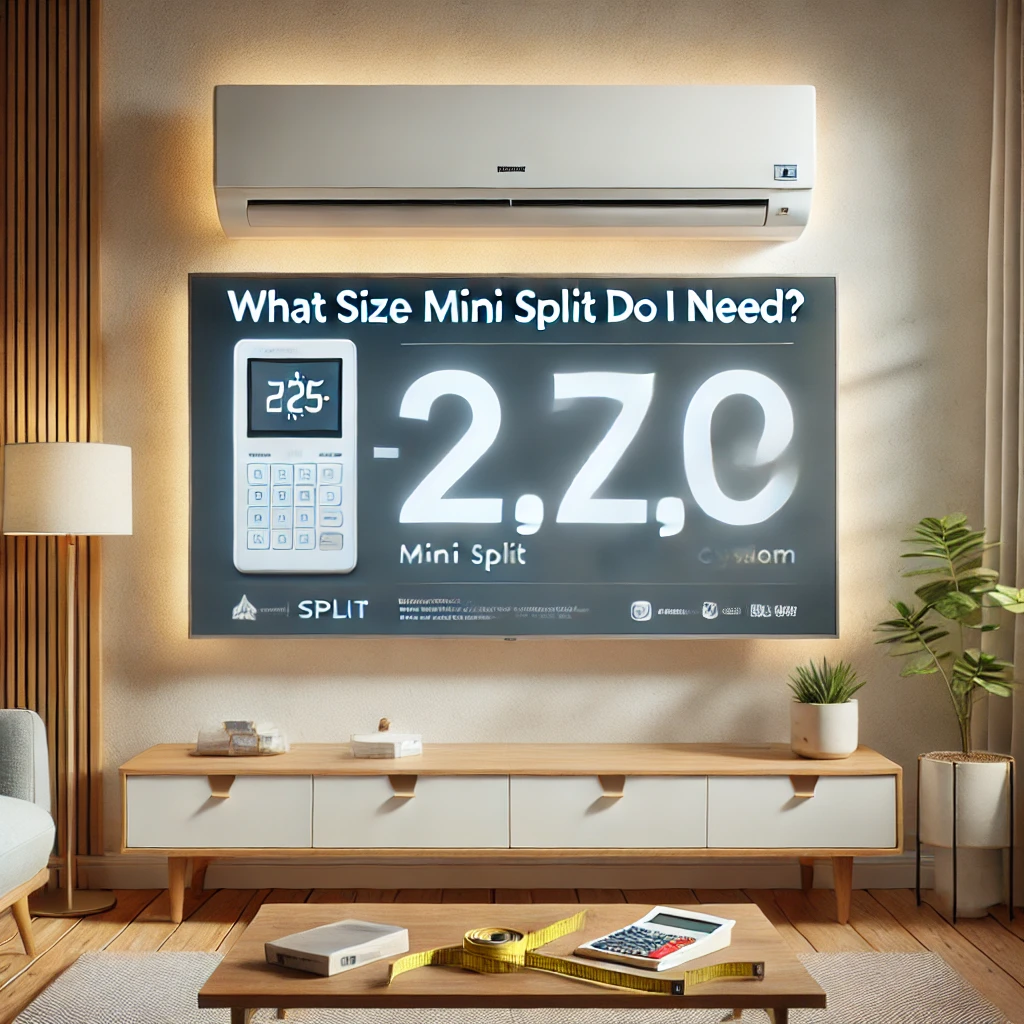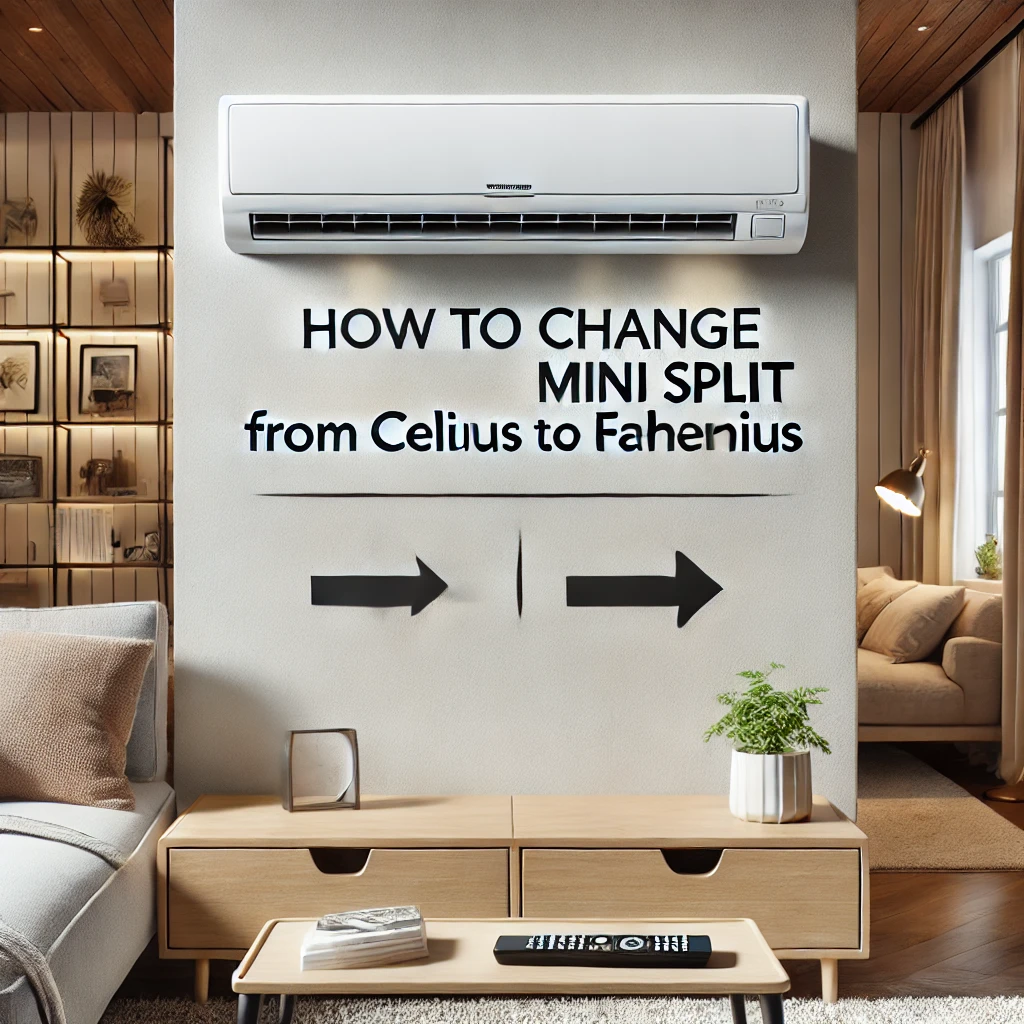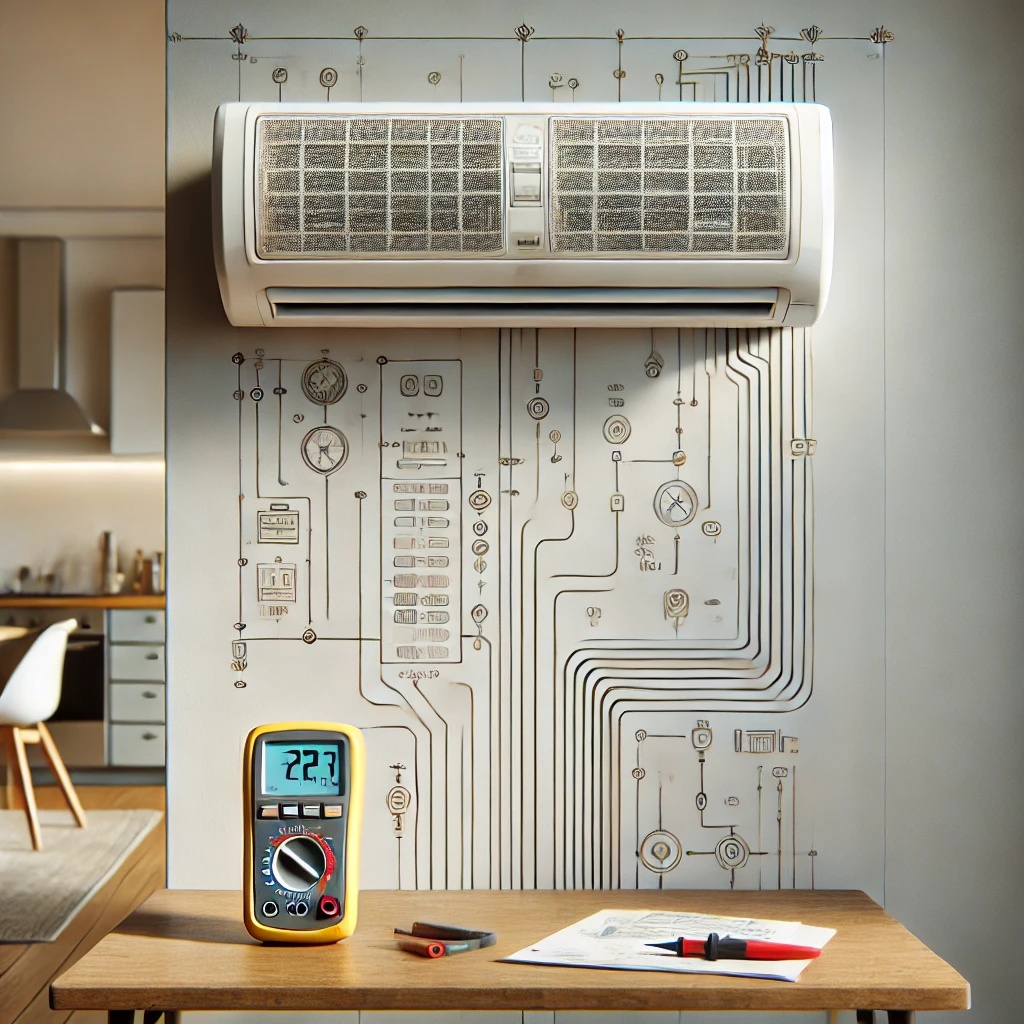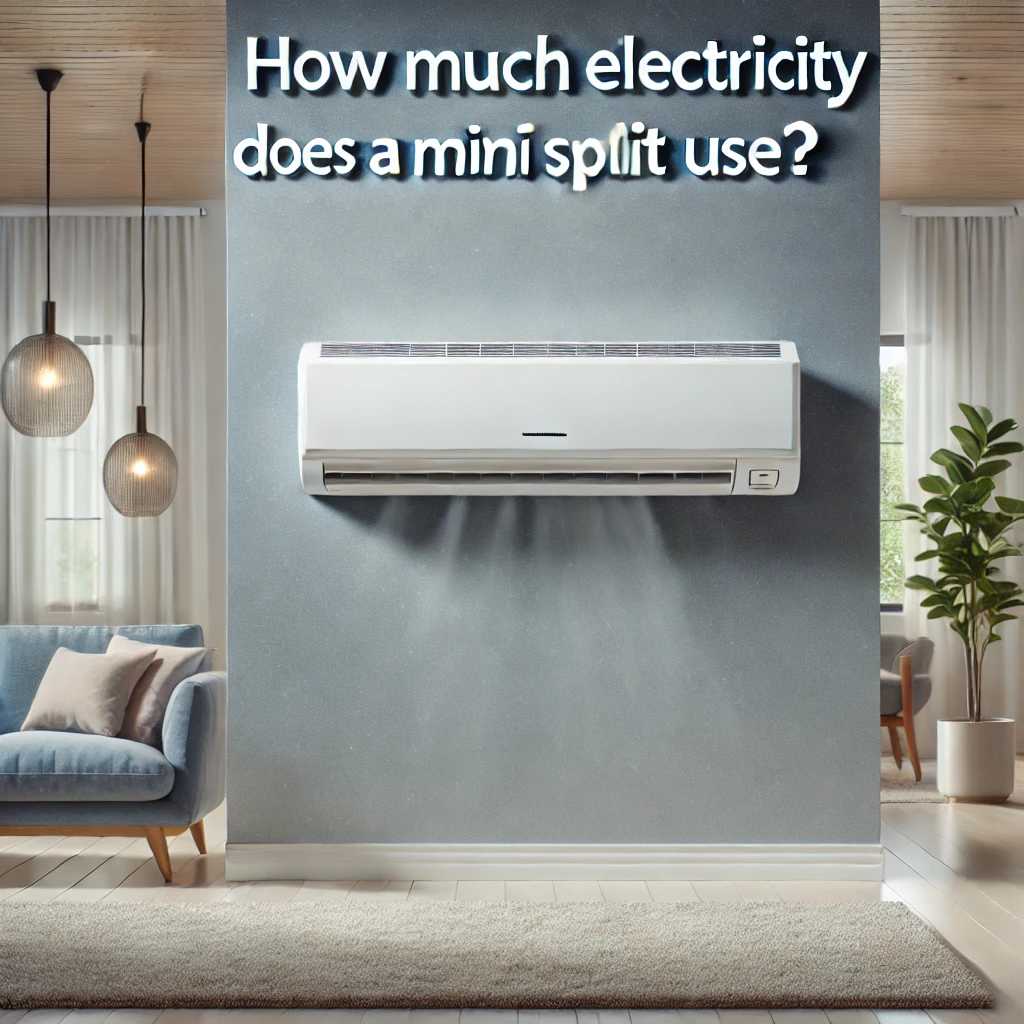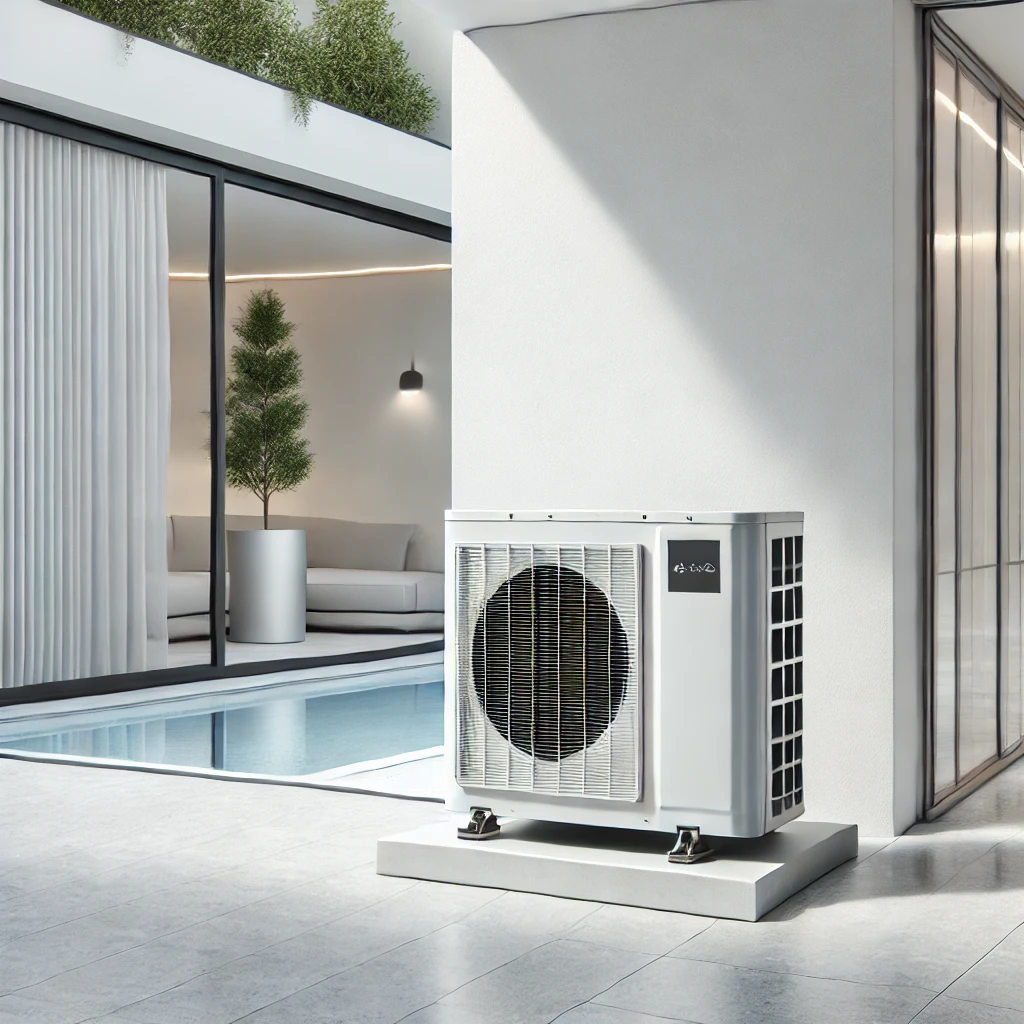Answer:
The fuse for a Senville mini-split system is typically located within the disconnect box near the outdoor unit or inside the electrical panel of the building. In our experience, the disconnect box is mounted close to the outdoor condenser and houses fuses that protect the system from electrical overloads. Checking the fuse involves first turning off power at the breaker to ensure safety. If you’re unfamiliar with handling electrical components, we recommend consulting a licensed electrician or HVAC technician to locate and inspect the fuse safely.
More On the Senville Mini Split Fuse Location
Fuses play a critical role in protecting your mini-split system from electrical damage caused by power surges, short circuits, or other issues. Knowing their location and function can help you troubleshoot electrical problems more effectively.
Common Fuse Locations
- Disconnect Box Near the Outdoor Unit
- The most common location for the fuse is inside the weatherproof disconnect box mounted on the wall near the outdoor condenser unit.
- This box allows for manual disconnection of power to the system and houses fuses that protect the mini-split from electrical overloads.
- Electrical Panel
- In some installations, the fuse may be located within the building’s main electrical panel. This is more common in setups where the mini-split system shares a circuit with other appliances.
- Internal Fuse on the Outdoor Unit PCB
- Some mini-split systems also feature a smaller, internal fuse on the control board of the outdoor unit. This fuse is designed to protect specific components, such as the compressor or fan motor.
Accessing and Inspecting the Fuse
- Turn Off Power
- Always switch off power to the mini-split at the main breaker or disconnect box before inspecting the fuse.
- Open the Disconnect Box
- Use a screwdriver to carefully remove the cover of the disconnect box near the outdoor unit.
- Check the Fuses
- Inspect the fuses visually for signs of damage, such as burn marks or a broken filament. Use a multimeter to test for continuity if you’re unsure.
- Replace if Necessary
- Replace blown fuses with ones that match the exact specifications listed in the user manual or on the fuse itself.
Preventive Measures
- Install a Surge Protector: Protect your system from power surges that can blow fuses.
- Regular Maintenance: Keep the outdoor unit clean and ensure proper airflow to reduce electrical strain.
- Professional Inspection: Schedule routine inspections to identify potential electrical issues before they escalate.
Safety Warning
If you are not comfortable working with electrical components, always consult a licensed electrician or HVAC technician. Improper handling of electrical systems can lead to injury or damage.
